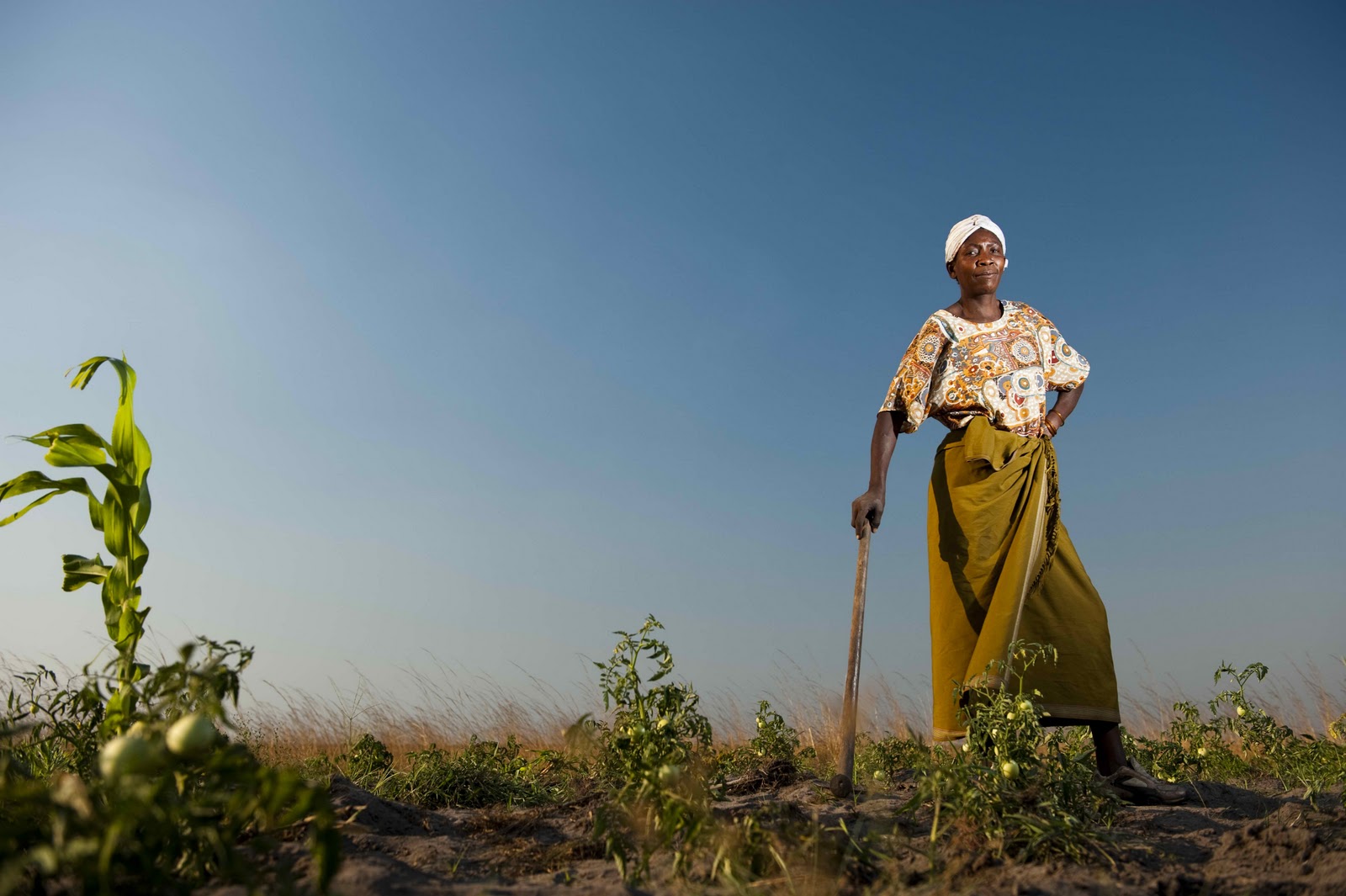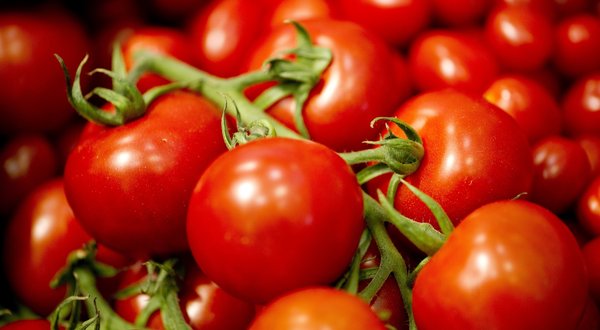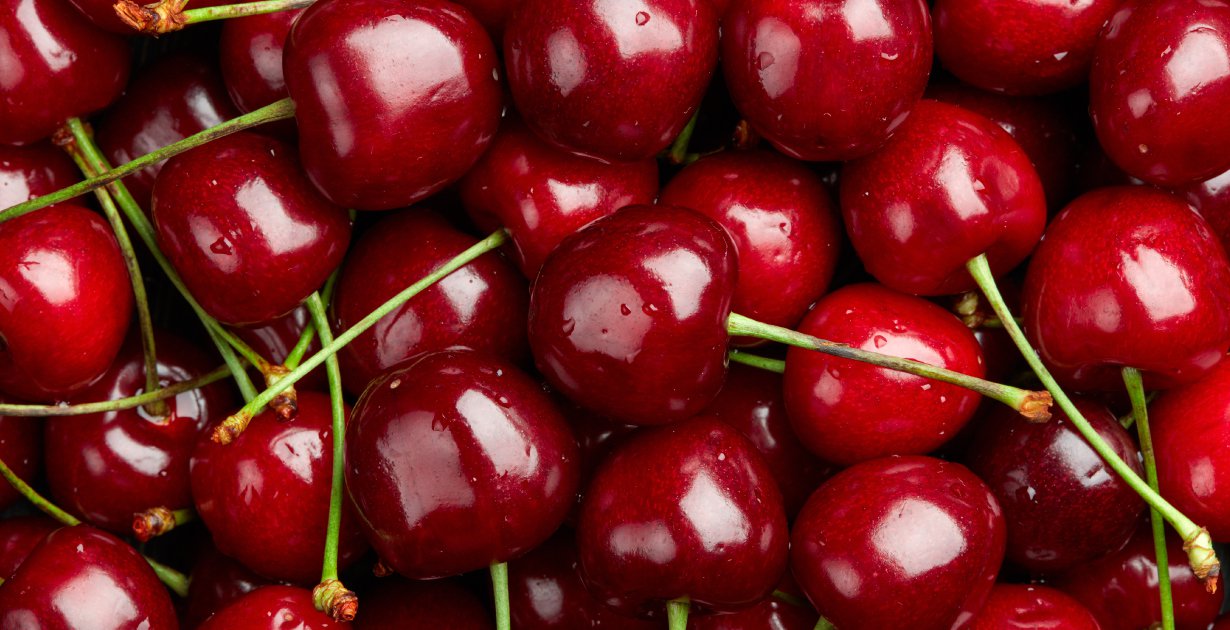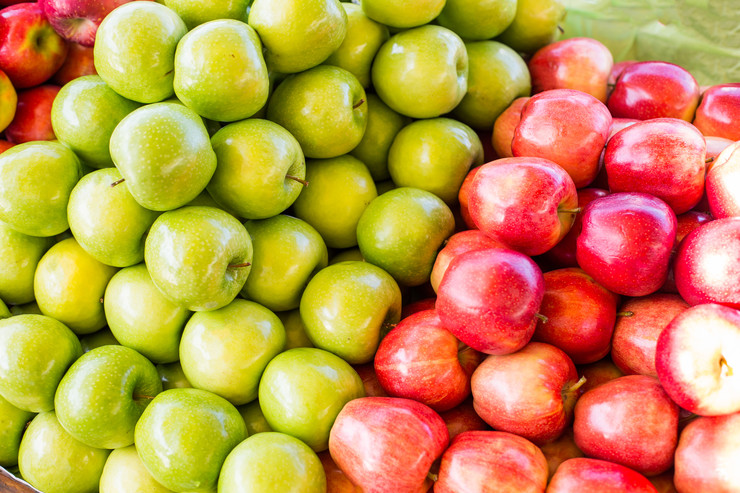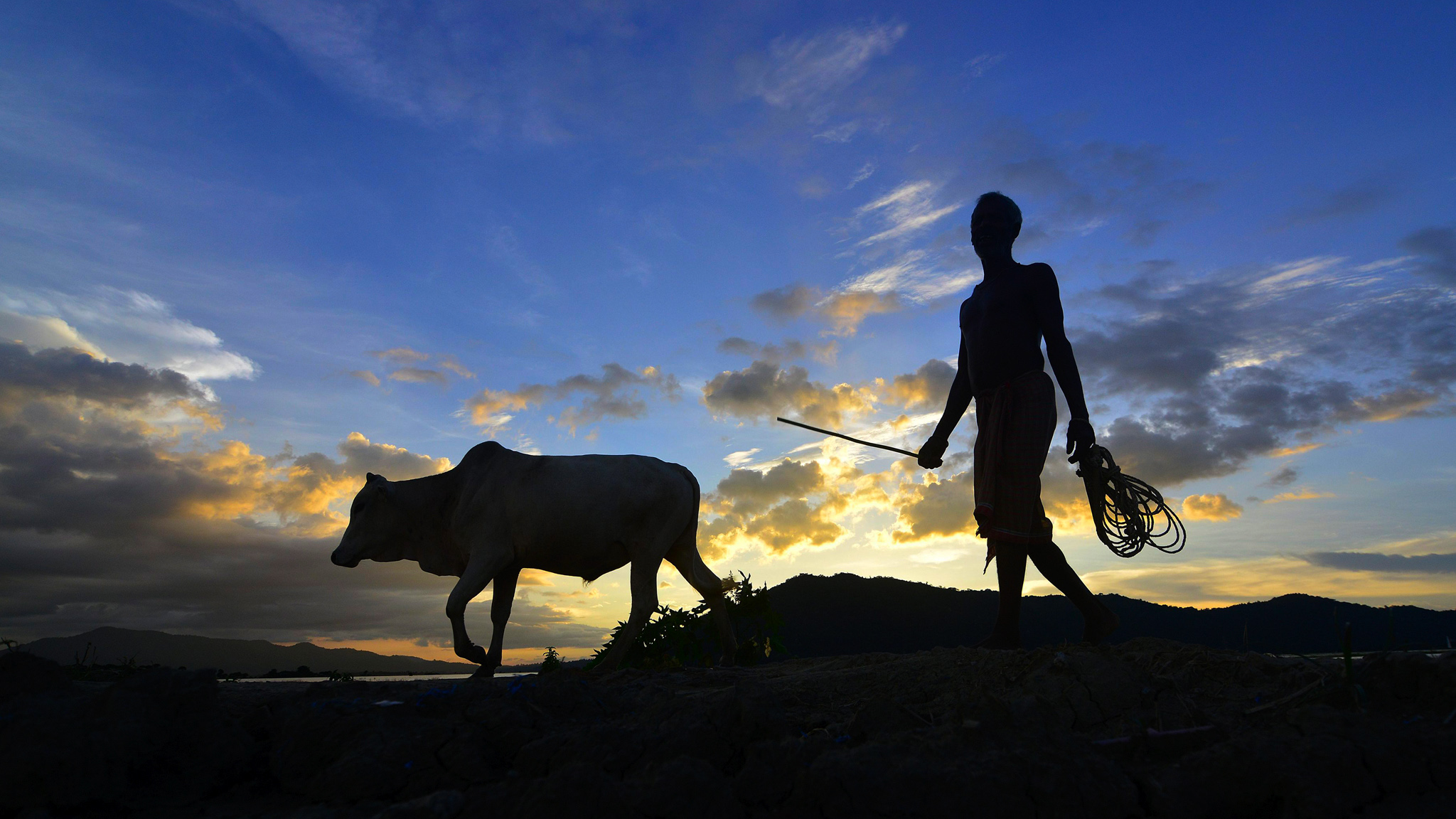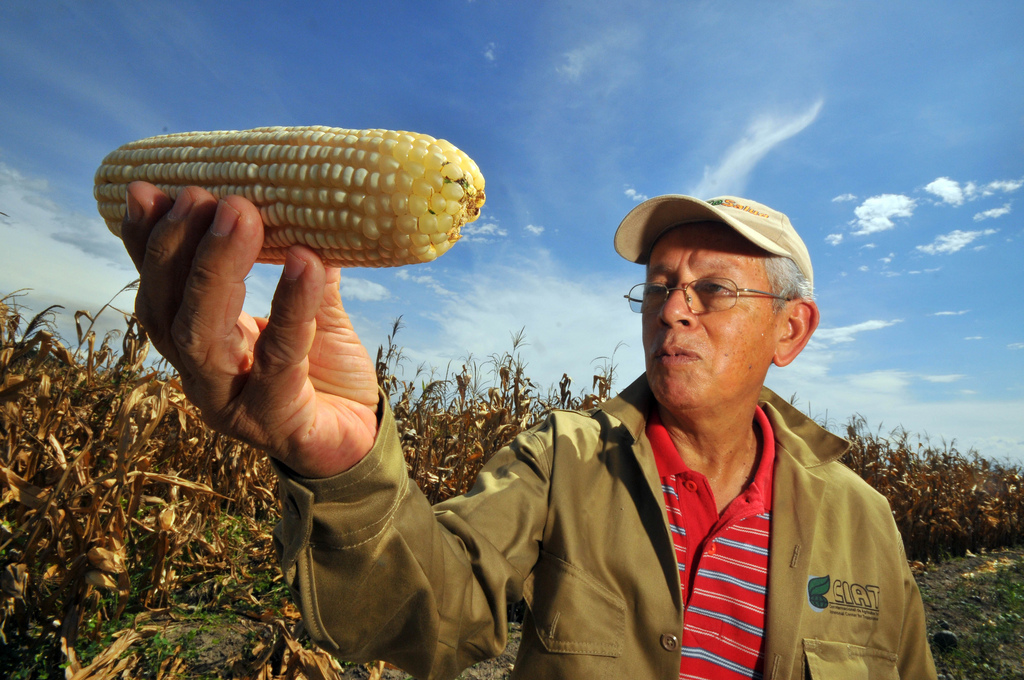Iowa benefited from decades of investment in rural infrastructure, agricultural extension services, university research, and nutrition assistance efforts such as food stamps and the WIC program. Africa would benefit, too.
Food for Today
In parts of rural Kenya, the hungry season comes every year. In January, farmers sell the last of their maize to pay school fees and purchase household goods and seeds for the next season. The hungry season begins when the harvest money runs out in the spring, and it lasts until June, when the first vegetables and legumes come in. In theory, the farmers should be benefiting from today's high food prices. In practice, they don't have anything to sell. They're buying back their own crops at double the original price just to put food on the table, and they don't have the money to buy the vegetable seeds they need to plant if the hungry season is to end. "At harvest, the farmers have an acute cash shortage, so they sell away even what they need for their family food," said Eusebius Mukhwana, the executive director of the Sustainable Agricultural Center for Research, Extension and Development in Africa. "In these hungry months, people have one meal a day, or less." The World Food Program already provides school lunches to 1.2 million Kenyan children and food rations to 1 million Kenyans affected by drought and the recent ethnic violence there. But the WFP is the global first responder, not the global food stamp program. It can't reach all of the people suddenly facing a hungry season. Before the year began, the WFP planned to feed 73 million of the estimated 860 million hungry people worldwide on a $2.9 billion budget. With rising food and fuel costs, nearly 1 billion people now face hunger, and the WFP has been forced to increase its budget to $4.4 billion to reach 79 million people. Even with more money, the WFP is struggling with the chaos in the commodities markets. Forty countries have established export restrictions that keep food prices down for their people but drive them up, and create supply woes, for everyone else. In Kenya, the WFP lost out on a 4,000-ton food shipment for Somalia after prices rose so fast that the Kenya Cereals and Produce Board could no longer afford the contract price. Pakistan's export ban and a new Iranian export tax together put 43,000 tons of wheat that the WFP intended for Afghanistan out of reach. "There's not really a complete shortage if you're willing to pay the price," said Nicole Menage, the WFP's procurement director, but "it's more and more challenging to find cost-efficient sources within all of these export control measures." (In Rome, U.N. chief Ban fervently called on countries to roll back their export restrictions; so far, only India has heeded his plea and sold rice to the WFP.)Women and Children
The WFP's bigger problem, though, is finding a way to reach the newly hungry. "This is not a standard emergency, throw-food-at-it kind of issue," said Julie Howard, executive director of the Partnership to Cut Hunger and Poverty in Africa, a Washington-based group that was founded in 2000 to push for more rural and agricultural assistance to the continent. "Urban areas are being hit, and we don't, in many cases, have the mechanisms to target and deliver assistance effectively. In many countries, something like a food stamp program needs to be put into place, but it's tough to set that up." The WFP is considering substituting cash and vouchers for food rations in some areas. If there's food on the shelves but families can't afford it, vouchers are cheaper than trucking staples in, and they support, rather than undermine, local farm markets. The World Bank has announced $1.2 billion in loans and grants to help countries build food safety nets quickly, as well as get seeds and fertilizer to farmers so they can plant now. America's $1.2 billion budget for international food aid is the biggest in the world, but nearly all of that money is used to purchase commodities here and ship them overseas on U.S. carriers. The WFP and other groups then distribute the food, or, in the case of some nonprofits, sell it to finance development projects. As a result, America gets criticized because its aid floods local markets and loses about half its value before reaching the hungry. President Bush asked Congress to convert a quarter of the $1.2 billion into cash, but he got only a $60 million pilot program in the farm bill. He had more luck with an emergency request this spring: The Iraq war supplemental, as passed by the House and Senate, gives the U.S. Agency for International Development $1.245 billion for the food crisis and allows it to spend $175 million outside the country. The Africa Steering Group's call for a $4 billion investment in nutrition programs is based on a landmark child-malnutrition series published earlier this year in The Lancet, a British medical journal. The research, funded in part by USAID, found that children who miss critical nutrients in utero through age 2 suffer irreversible physical and cognitive damage and that 3.5 million mothers and children die each year as a result of that malnutrition. It also pointed out that 80 percent of the world's malnourished children live in just 20 countries, which means that a targeted prevention program for children, like WIC in America, could have a substantial impact. "If you want to get through this crisis with a minimum of death and disability due to hunger, new money ought to be focused on babies and pregnant women," said David Beckmann, president of Bread for the World, a nonprofit Christian group that lobbies to end hunger at home and abroad. The Lancet's findings rattled food and children's aid groups, which were collectively labeled "fragmented and dysfunctional" by the study's authors, and everybody is scrambling to ramp up or revamp nutrition programs for children younger than 2. USAID is modifying its food aid guidance to reflect the research, and the World Food Program is developing a broad initiative based on the study in conjunction with UNICEF, the World Health Organization, and the World Bank.Out of Favor
While governments and global institutions work on the immediate problem of feeding the hungry, they're also looking at ways to prevent the next crisis by increasing food production in Africa. "From the beginning, policy makers have been talking about short-term and long-term responses," said Max Finberg, director of the Alliance to End Hunger, an umbrella group of anti-poverty organizations and institutions. "That's what makes this different from famine crises of the past, where the knee-jerk response has been to meet the immediate need." By absolute numbers, most of the world's hungry--some 527 million people--live in Asia, followed by 213 million in Africa, according to Food and Agriculture Organization statistics. But Asia's total population is far larger, and the proportion of that population that goes hungry has been falling steadily, from 45 percent in 1969 to 16 percent today. The green revolution that began in the 1960s tripled the continent's crop yields, and Asia's current food woes, outside of North Korea, stem more from poverty than production. Africa, on the other hand, does have a food production problem. A third of the population still goes hungry, and African crop yields stagnated at the same time that yields in the rest of the world were surging. Last year, the average acre of corn produced 171 bushels in Iowa and just 21 bushels in Africa. African soils are poor, but that's not the reason for the gap. Agriculture fell out of favor before the green revolution reached the continent. In the late 1980s, most of the developed world looked at global food surpluses--created partly by technology and partly by government subsidies--and decided that agriculture in poor nations was no longer worth the investment. "The idea that developing countries should feed themselves is an anachronism from a bygone era," John Block, President Reagan's Agriculture secretary, said in 1986. "They could better ensure their food security by relying on U.S. agricultural products, which are available in most cases at lower cost." Global development assistance for agriculture fell from a high of $8 billion in 1984 to $3.4 billion in 2004, of which Africa received $1.2 billion. American aid to African farmers fell from $500 million in 1988 to less than $100 million in 2006, according to the U.S. Government Accountability Office. "It isn't that people didn't believe that agriculture was important; other matters just crowded it out," said Peter McPherson, who ran USAID in the 1980s and now serves as president of the National Association of State Universities and Land-Grant Colleges. "Giving a child medicine or food is more appealing and measurable to Congress and other donors."Waking Up to Africa
After a decade on the sidelines, African agriculture started edging back into discussions a few years ago. The continent's poverty and hunger numbers were stubbornly refusing to budge, and development groups suddenly remembered that it was agricultural growth that powered the industrial revolutions in England, America, Japan, China, India, Vietnam, and most of the rest of the world. Land and labor are the two resources that most countries have in cheap abundance, and combining them more efficiently has been the key to advancement since Adam and Eve were booted out of Eden. In 2001, Andrew Natsios took over USAID and spent a good chunk of his five-year tenure urging Congress to let him spend more money on agriculture. In 2002, the World Bank recognized agriculture's central role in rural development and reversed a decade-long decline in lending to the sector. In 2003, African heads of state agreed to devote 10 percent of their national budgets to agriculture and to swiftly implement a Comprehensive Africa Agriculture Development Program, or CAADP. In 2004, President Bush created the Millennium Challenge Corp., which has given half its money--$2.8 billion--to agriculture, mostly to build the roads, bridges, and ports needed to connect farmers and markets. In contrast with the Millennium Challenge, which can list some accomplishments, the USAID, World Bank, and CAADP efforts have been more about inspiration than implementation. Congress declined Natsios's requests for more agriculture money. ("USAID filed five annual budgets with more funding for agriculture and most of the money was cut out ... so it is not because the agency has not asked," a bitter Natsios told a House committee last month.) The World Bank recognized the importance of agriculture, but it didn't boost lending much until this year. The CAADP offered a framework for designing and implementing national plans, but countries did better on the former than the latter: Nearly every African nation has plans and a few projects identified, but just four agriculture ministries managed to wrangle the promised 10 percent of the budget from their governments. But all three efforts, and quite a few more, gained new life with the recent rise in food prices. USAID finally got its money--$150 million--in the emergency Iraq supplemental. Robert Zoellick took over at the World Bank last year and immediately put African agriculture on the bank's list of priorities. Aid organizations are tripping over themselves in their rush to declare their support for the CAADP, whatever its content might turn out to be. Most important, Ban, Zoellick, and others have gotten behind a multibillion-dollar effort to launch, through the CAADP framework, an African green revolution.Seeds, Soils, and Markets
The keys to the green revolution in Asia were high-yield wheat and rice seeds, and fertilizer. The Rockefeller Foundation, together with the Ford Foundation, paid for the seed development, and USAID and host governments paid for the fertilizer. The result transformed the continent. When the green revolution took off in India and Pakistan, the subcontinent already had the basic infrastructure: massive irrigation systems built over generations, railways constructed by British colonialists to connect farms and markets, and teams of plant scientists trained in universities. Africa, on the other hand, is virtually starting from scratch. Less than 10 percent of its farmland is irrigated. The rest depends on rainfall that is increasingly erratic because of climate change. Roads and railways connect mines, not farms, to markets, and funding for agricultural education and research is minimal. On top of that, Africa's soils are ancient. The fertile topsoil that nourishes Iowa's corn is a legacy of centuries of prairie cover untouched by human hands, and 150 years of farming have already eroded half of it. In Africa, much of the land has been exposed to cultivation for centuries. To cope with the depleted soils, African farmers traditionally rotated their crops, allowing individual plots to lie fallow for years before they were planted again. But as the continent's population grew and the size of plots shrank as they passed through successive generations, farmers could no afford to let a field go unused. As a result, farmers have essentially been mining their soils.Asia's green revolution is harder to duplicate in Africa. Africans rely on far more crops than just wheat and rice, and the vast continent's soil is poorer and its weather more temperamental.
Rockefeller Revisits
In 1999, when African agriculture was still the last item on the global agenda, the Rockefeller Foundation came to the rescue again. It doubled down on its Nairobi-based programs, giving them almost all of the foundation's agriculture budget. In 2001, Rockefeller decided to take a closer look at agricultural inputs and education. If Coca-Cola could profitably deliver bottles of brown sugar-water to every small village on the continent, there had to be a way for agriculturalists to reach farmers. The foundation funded programs in Kenya, Malawi, and Uganda to train and certify rural shop owners as "agro-dealers"--essentially agricultural suppliers--who then received credit guarantees so they could purchase supplies. These dealers processed nearly $900,000 worth of fertilizer and seeds in the first two years, and they rapidly expanded from there. One rural Malawian, Janet Matemba, sold $250,000 worth of seeds and fertilizer in 2007. "She does that by packaging seeds and fertilizer in small quantities and demonstrating new technologies behind the shop and in the community," said Akinwumi Adesina, who won last year's Yara Prize for an African Green Revolution for establishing Rockefeller's agro-dealer model. Like other dealers, Matemba provides most of the agricultural advice in her area. "The agro-dealers are beginning to fill some of the gap left by the demise of the public extension system," Adesina said. The certified agro-dealers soon created their own national associations for better financial and political bargaining. In 2005, when Malawi was facing another food crisis and decided to reverse more than a decade of World Bank advice by spending $50 million on fertilizer subsidies, it handed out coupons that farmers could redeem only at government stores. The agro-dealers associations complained vociferously, and the government relented, allowing redemption of the 2006 and 2007 coupons at public and private stores. Malawi nearly tripled its crop production and transformed hunger scares into food surpluses. The final element of Rockefeller's Africa program was plant research and development. The wheat and rice seeds for Asia's green revolution were developed by two Rockefeller-supported groups of national and international scientists. But Africans, unlike Asians, consume many more staple crops than wheat and rice, and Africa's growing conditions are more temperamental and varied: Seeds developed at the African Rice Center and the International Institute for Tropical Agriculture are often defeated by local soil conditions, water shortages, and pests. "In Africa, there's no such thing as one size fits all, and that's what international centers do," Toenniessen said. "What was lacking was the initial investment in building the capacity of the national programs to take what they get from the international research and adapt it to local programs." So instead of one center in Africa, Rockefeller supported a loose network of them. By financing local seed companies and 25 teams of African scientists at various national institutes, as well as sending agriculturalists to graduate school, it helped develop more than 100 new African crop varieties.Alliance for a Green Revolution
On its own, Rockefeller's seven-year, $150 million Africa program was good, but it wasn't magical. African governments and other donors and researchers were also working on the problems, developing similar solutions and coming to the same basic conclusions: Crop research, fertilizer, rural credit, and functioning rural markets could go a long way toward feeding the continent's 213 million hungry people. That's not the end of the agenda, of course. It will take enormous investments in transportation, education, irrigation, and trade, as well as changes in tax policies, to unlock the potential power of African farmers. But a rural mother of four with just a few acres to feed her family has to start somewhere, and waiting for governments to get their acts together isn't a promising strategy. Rockefeller's program finally got the magic touch in 2005, when the Bill and Melinda Gates Foundation took a hard look at African agriculture development plans and the Rockefeller models for seeds, soils, and markets. The Rockefeller and Ford foundations catalyzed the green revolution in Asia. With enough money, could Rockefeller and Gates finally spark one in Africa? In 2006, with support from the Rockefeller and Gates foundations, the Alliance for a Green Revolution in Africa was launched. Its initial 10-year goal is eliminating hunger for 30 million people. Former U.N. Secretary-General Kofi Annan chairs the group; Amos Namanga Ngongi, the former deputy executive director of the World Food Program, is the president; and Akinwumi Adesina is the vice president. So far, AGRA has announced two initiatives: $150 million for seed improvements and $180 million for soil conservation. Proposals for water and rural markets are waiting in the wings. AGRA's deep pockets are helping to expand the earlier Rockefeller projects. In Kenya, for example, the alliance is expanding the number of certified agro-dealers from 243 to 1,800; it is funding Kenyan scientists working on cassava, sorghum, sweet potatoes, and maize; and, in a partnership with the Kenyan government, Equity Bank, and the International Food and Agriculture Organization, AGRA is providing fertilizer coupons to farmers and $50 million in credit for farmers and rural markets. AGRA's work and its money have attracted attention and new commitments. On May 29, the New Partnership for Africa's Development--a program formed in 2001 under the African Union--Japan, and AGRA announced a 10-year joint venture to double African rice production. AGRA is also using its wallet and influence to better coordinate agricultural aid. World Bank and GAO reviews of past agricultural investments in Africa heavily criticized a lack of concentration and coordination within and between aid agencies and governments. So the alliance is pushing African governments to use the Comprehensive Africa Agriculture Development Program to target aid to their "breadbasket zones," places where existing water, soil, infrastructure, and markets offer better production potential. AGRA is trying to persuade the international aid agencies to adopt the same focus. The idea is that once concerted investments in those zones bear fruit, governments can use the ensuing revenues to develop another spot in their country. "Any country you pick has those breadbasket zones, and then you spread it from there," Adesina said. The zone plan is gaining traction. On June 4, the heads of all three U.N. food agencies--the World Food Program, the International Fund for Agricultural Development, and the Food and Agriculture Organization--announced an agreement with AGRA to focus on the breadbaskets. America's Millennium Challenge Corp. is finalizing a similar agreement. Granted, nothing announced so far by AGRA, or anyone else, comes close to the $8 billion a year that the Africa Steering Group estimates Africa needs for a green revolution to take off, or, for that matter, the $4 billion it says is required simply for nutrition programs. But nobody ever claimed that food and farm infrastructure is cheap: America, after all, will spend $307 billion on its farm programs in the next five years. We call them investments. Corine Hegland, National Journal Magazine

